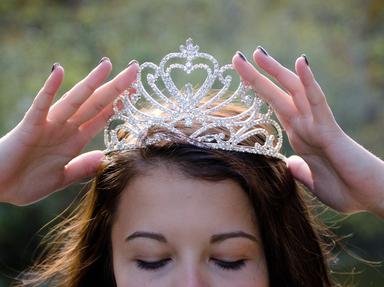Quiz Answer Key and Fun Facts
1. Marie-Therese Charlotte de France was the oldest child of King Louis XVI and Marie Antoinette. What title was she given at birth?
2. Marie-Therese Charlotte de France, daughter of Louis XVI and Marie Antoinette, had quite an impressive family tree. For whom was she named?
3. Marie Antoinette made sure that her daughter, Marie-Thérèse, only played with children of her own social rank.
4. How many siblings did Marie-Thérèse have?
5. When the French Revolution began, where was Marie-Thérèse, along with the other members of the royal family still living in France, taken?
6. In August 1793, Louis XVI, Marie Antoinette, Marie-Thérèse, and other family members were moved to the Bastille.
7. During the time of her imprisonment from 1792-1795, how did Marie-Thérèse pass the time?
8. Eventually a marriage was arranged for Marie-Therese, daughter of the now dead French king and queen. Who did she marry?
9. As a member of the royal family in exile, Marie-Thérèse lived in a number of places after she was released from prison. Which of the following was a place where she did NOT live prior to her death?
10. Marie-Thérèse found herself living in France again from 1814-1830. What is this period in French history called?
Source: Author
ponycargirl
This quiz was reviewed by FunTrivia editor
gtho4 before going online.
Any errors found in FunTrivia content are routinely corrected through our feedback system.
